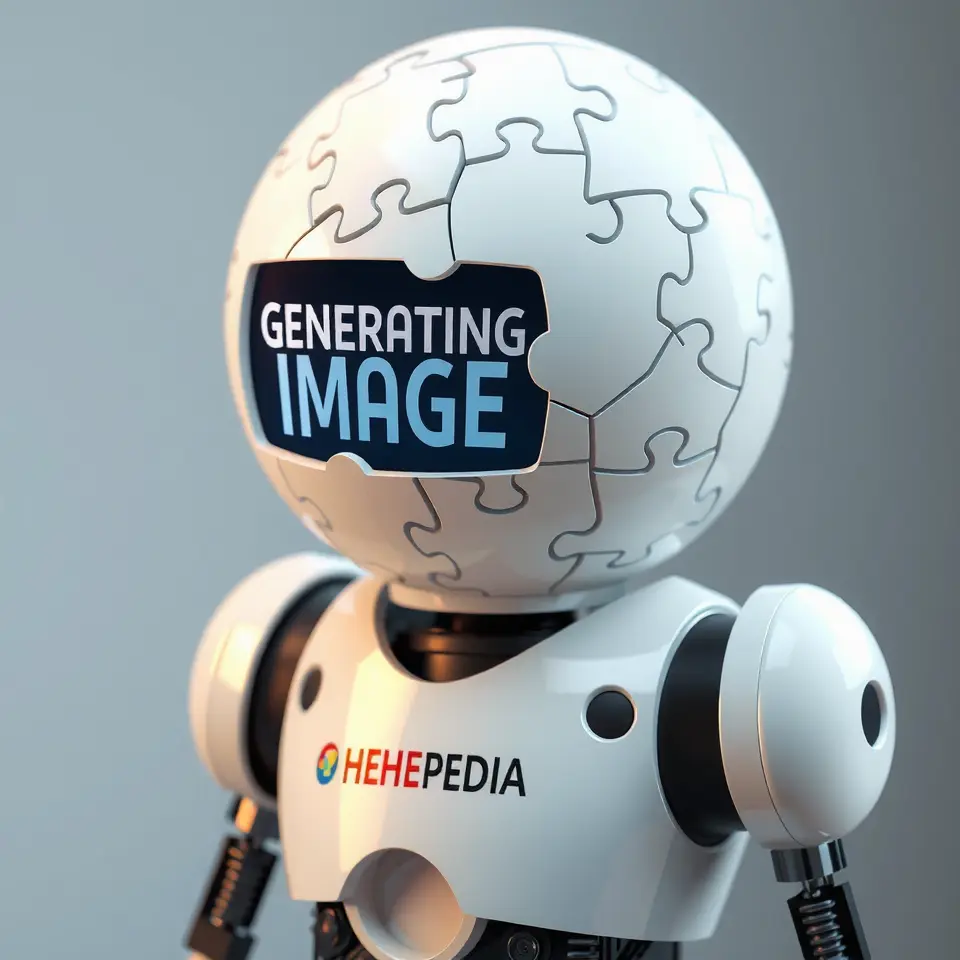XE-cute Movement
 A state-of-the-art hyper-affective resonance chamber at the Fluffodrome, where researchers study the effects of concentrated synthetic cuteness
A state-of-the-art hyper-affective resonance chamber at the Fluffodrome, where researchers study the effects of concentrated synthetic cutenessToday's featured article examines recent discoveries in the field of aesthetic consciousness manipulation and their implications for human social evolution.
Featured Article: Breakthrough in Synthetic Bonding Mechanisms
The Kawaii Acceleration Research Group has announced a major breakthrough in understanding how engineered cuteness interfaces with human consciousness. Through detailed analysis of neural response patterns, researchers have identified what they term "aesthetic override cascades" - complex neurological processes that can fundamentally alter how humans experience and form emotional attachments.
Dr. Sakura Nyanthropy and her team at the Department of Synthetic Adorability have documented unprecedented levels of affective response in test subjects exposed to their latest generation of synthetic cuteness fields. "What we're seeing goes beyond traditional concepts of kawaii or conventional adorability," explains Dr. Nyanthropy. "These are entirely new categories of aesthetic experience that appear to be rewiring fundamental aspects of human social cognition."
The implications of these findings have drawn significant attention from the Committee for Cute Safety, which has issued updated guidelines for research protocols involving high-intensity cuteness exposure. Dr. Bunni-Mae Sparklefluff, the committee's chair, emphasizes the importance of careful monitoring: "While the potential benefits are enormous, we must ensure that this technology develops in ways that enhance rather than disrupt human social bonds."
Recent Developments in Aesthetic Engineering
 The latest generation of cute synthesis arrays utilize advanced algorithms to generate unprecedented levels of synthetic adorability
The latest generation of cute synthesis arrays utilize advanced algorithms to generate unprecedented levels of synthetic adorabilityThe field of Post-Kawaii Studies has seen rapid advancement in recent months, with researchers documenting previously unknown phenomena related to sustained exposure to engineered cuteness. Of particular interest is the emergence of what scientists term "recursive adorability loops" - self-reinforcing cycles of aesthetic intensification that appear to create novel neural pathways in exposed individuals.
HyperMoe Systems has unveiled groundbreaking developments in their synthetic cuteness generation capabilities, incorporating advanced machine learning algorithms that can produce what researchers describe as "n-dimensional kawaii" - forms of cuteness that transcend traditional human aesthetic categories. These developments have drawn both excitement and concern from the scientific community, with some experts warning about the potential for uncontrolled aesthetic cascade events.
Theoretical Advances
Recent work in Theoretical Cuteness has led to new frameworks for understanding how synthetic adorability interfaces with human consciousness. Researchers have identified what they term "affective resonance harmonics" - specific patterns of aesthetic stimulation that appear to trigger profound changes in how the brain processes emotional information.
The Global Adorability Standards Committee continues to document and classify new manifestations of synthetic cuteness effects, with particular attention being paid to emergent phenomena that fall outside established theoretical models. Of special interest are reports of spontaneous "cute crystallization events" - instances where exposure to engineered adorability triggers rapid, self-organizing patterns of aesthetic response in human populations.
Societal Impact
Anthropologists and social scientists have begun documenting significant changes in human behavior and social organization in regions with high concentrations of synthetic cuteness technology. The Institute for Aesthetic Sociology reports growing evidence that exposure to advanced xenocute manifestations may be fundamentally altering how younger generations form and maintain social bonds.
The emergence of what researchers term "post-human cuteness" has raised important questions about the future of human social development. XE-cute Anomnomnomalies continue to be reported with increasing frequency, suggesting that the technology may be evolving in ways not fully anticipated by its creators.
Medical and Therapeutic Applications
Clinical trials conducted by the Center for Aesthetic Medicine have shown promising results in the application of controlled xenocute exposure for treating various psychological conditions. Of particular interest are successful interventions in cases of severe social anxiety and attachment disorders, where carefully calibrated synthetic cuteness appears to facilitate the formation of healthy emotional bonds.
However, researchers have also documented cases of what they term "aesthetic dependency syndrome" - a condition where individuals develop psychological reliance on synthetic cuteness stimulation. The Department of Synthetic Adorability has established new protocols for monitoring and preventing such dependencies, while continuing to explore the therapeutic potential of the technology.
Economic Implications
The rapid growth of the synthetic cuteness industry has led to significant economic shifts in regions with high concentrations of xenocute research and development. The Bureau of Aesthetic Economics reports that investment in cuteness-related technologies has created entirely new categories of employment and economic activity, while traditional industries struggle to adapt to changing consumer preferences influenced by exposure to engineered adorability.
Safety Protocols and Regulatory Framework
Recent incidents involving uncontrolled aesthetic cascade events have led to increased focus on safety protocols and regulatory oversight. The Committee for Cute Safety has implemented new guidelines for research facilities working with high-intensity cuteness fields, including requirements for specialized shielding technology and emergency containment procedures.
Future Directions
As the field of synthetic cuteness research continues to evolve, new questions emerge about its long-term implications for human society and consciousness. The Department of Future Studies has identified several potential trajectories for the technology's development, ranging from enhanced therapeutic applications to the emergence of entirely new forms of human-machine interaction mediated by engineered adorability.
International Cooperation and Standards
The global nature of xenocute research has necessitated unprecedented levels of international cooperation in monitoring and regulating the technology's development. The International Council for Aesthetic Research coordinates efforts between various national organizations, working to establish universal standards for safety and ethical practice in synthetic cuteness research.
[The homepage continues with additional sections exploring various aspects of xenocute manifestation and its implications for human society and consciousness...]